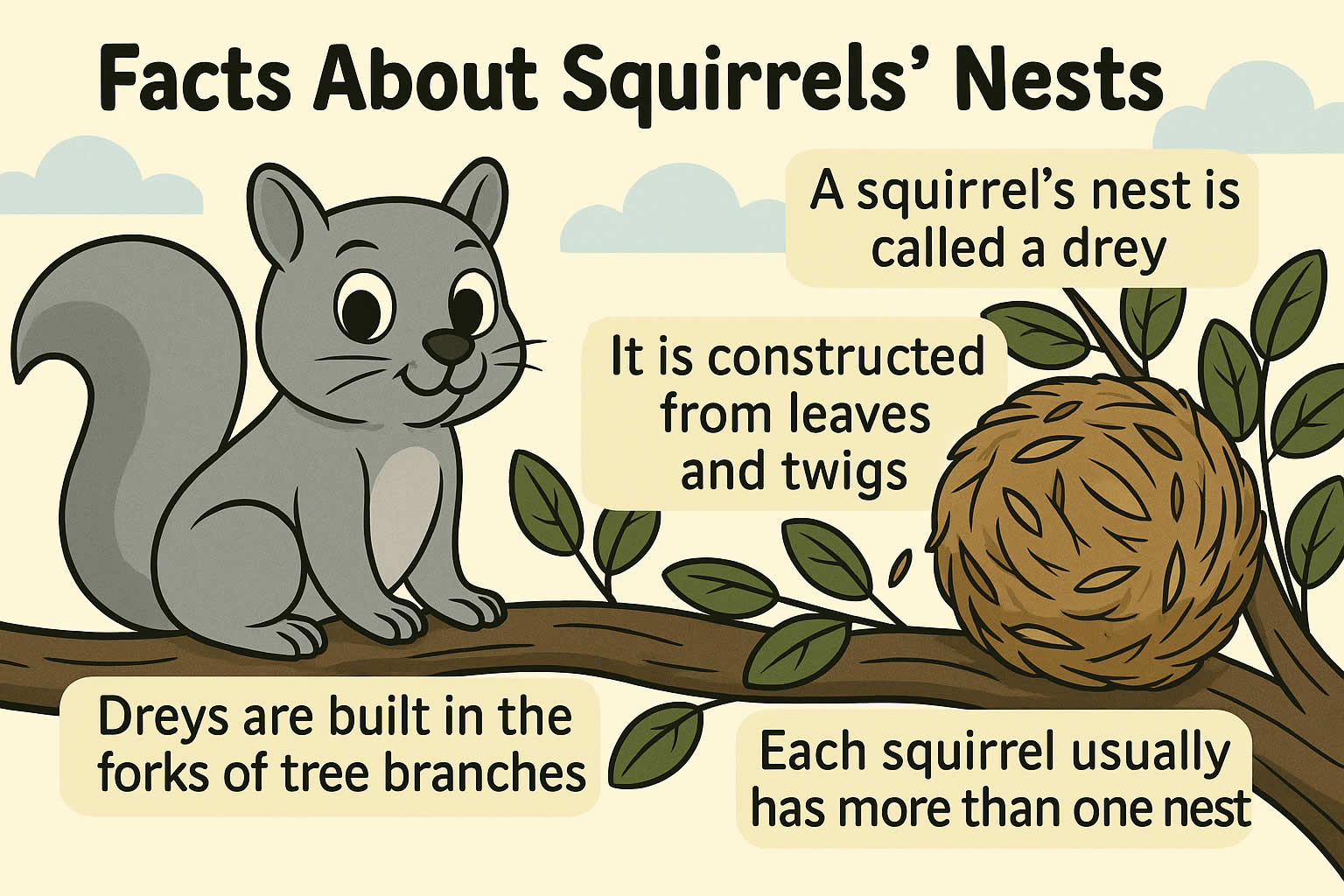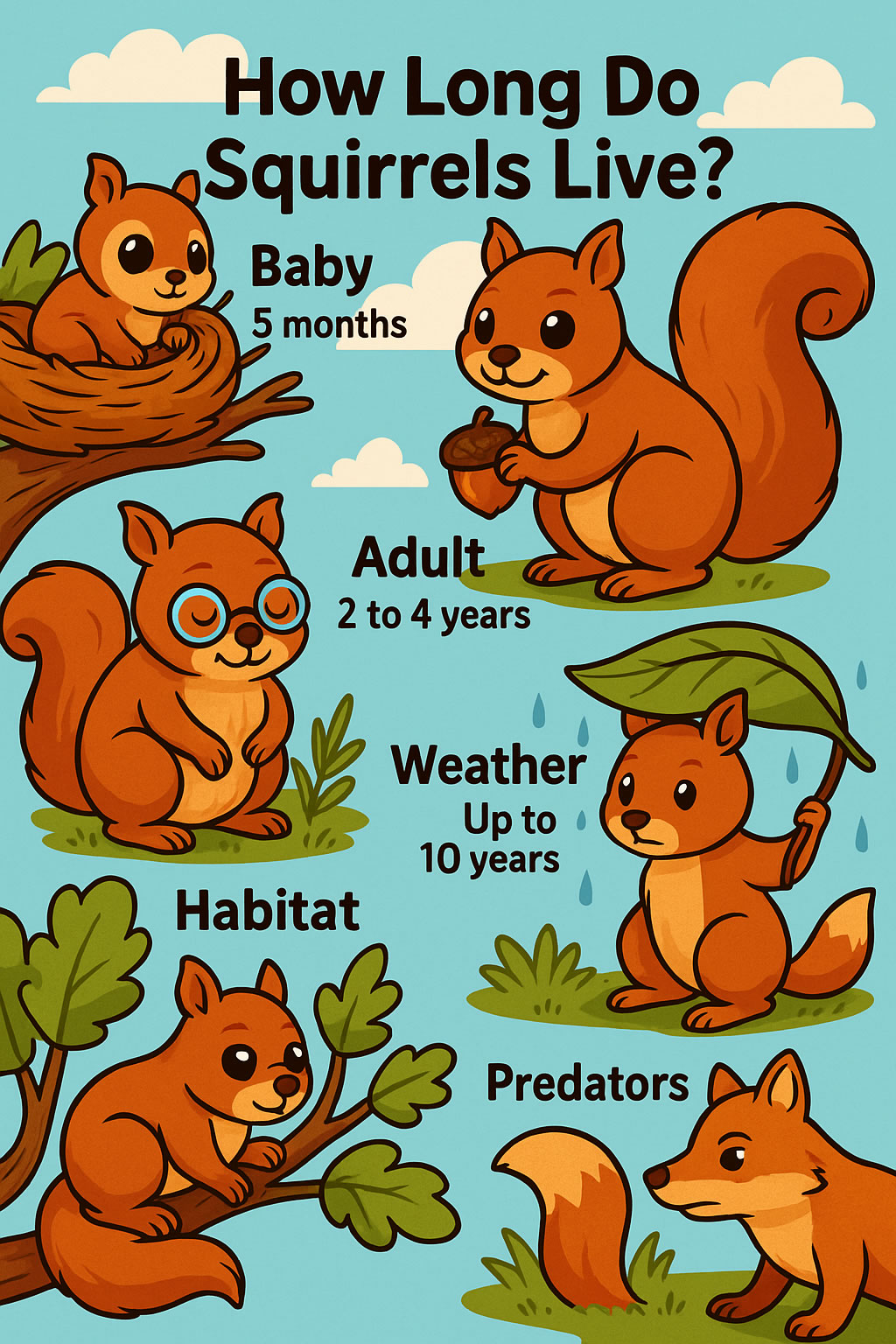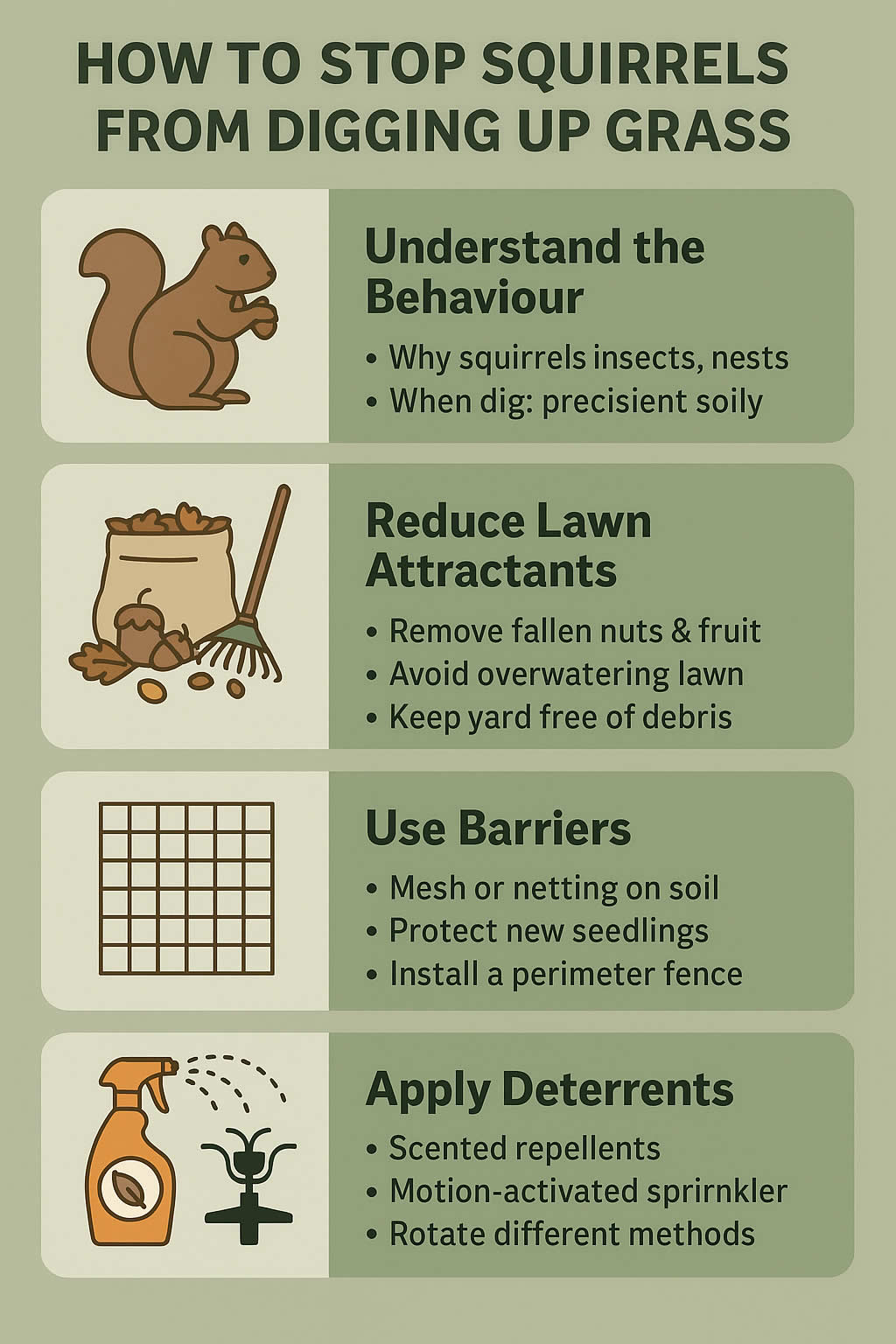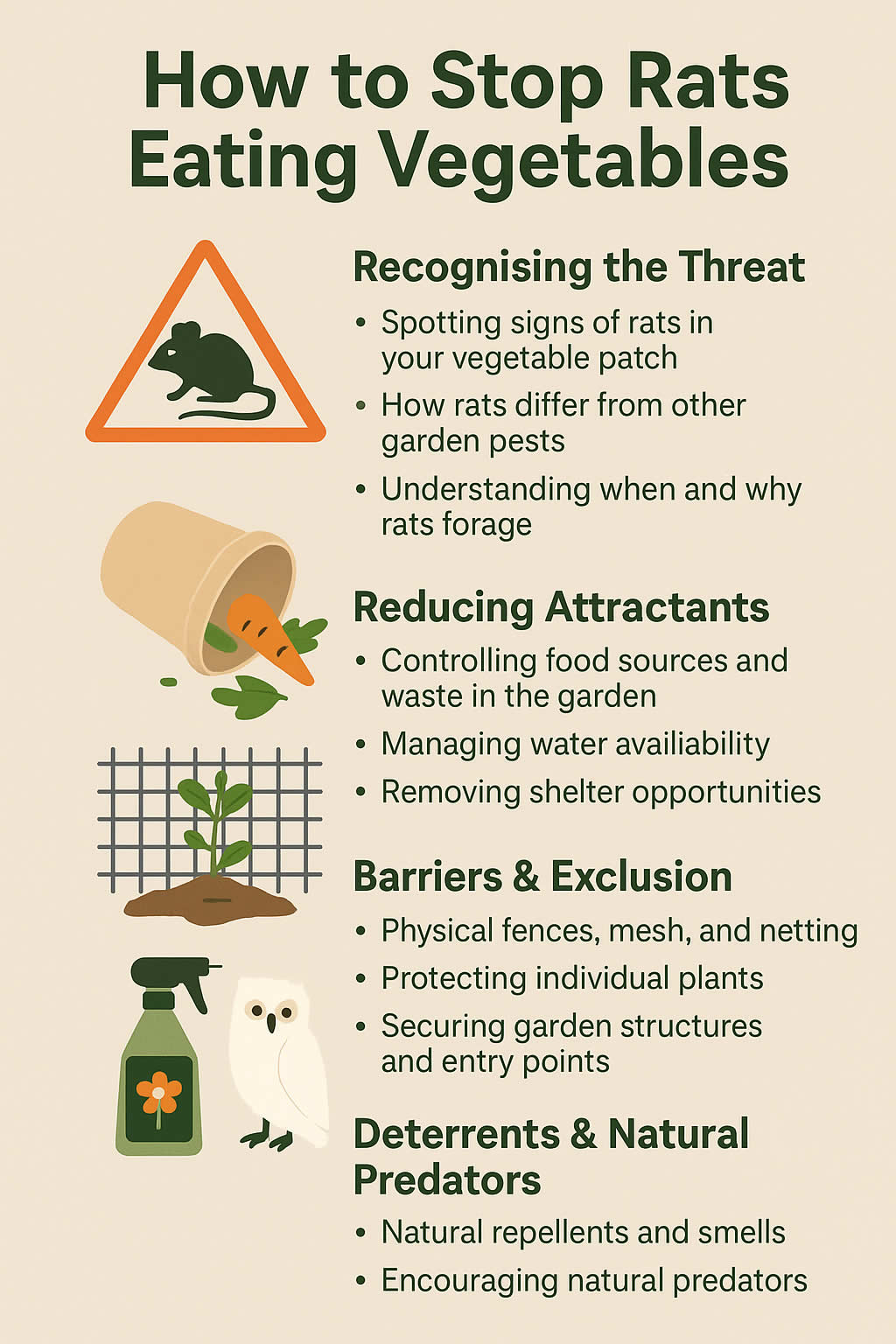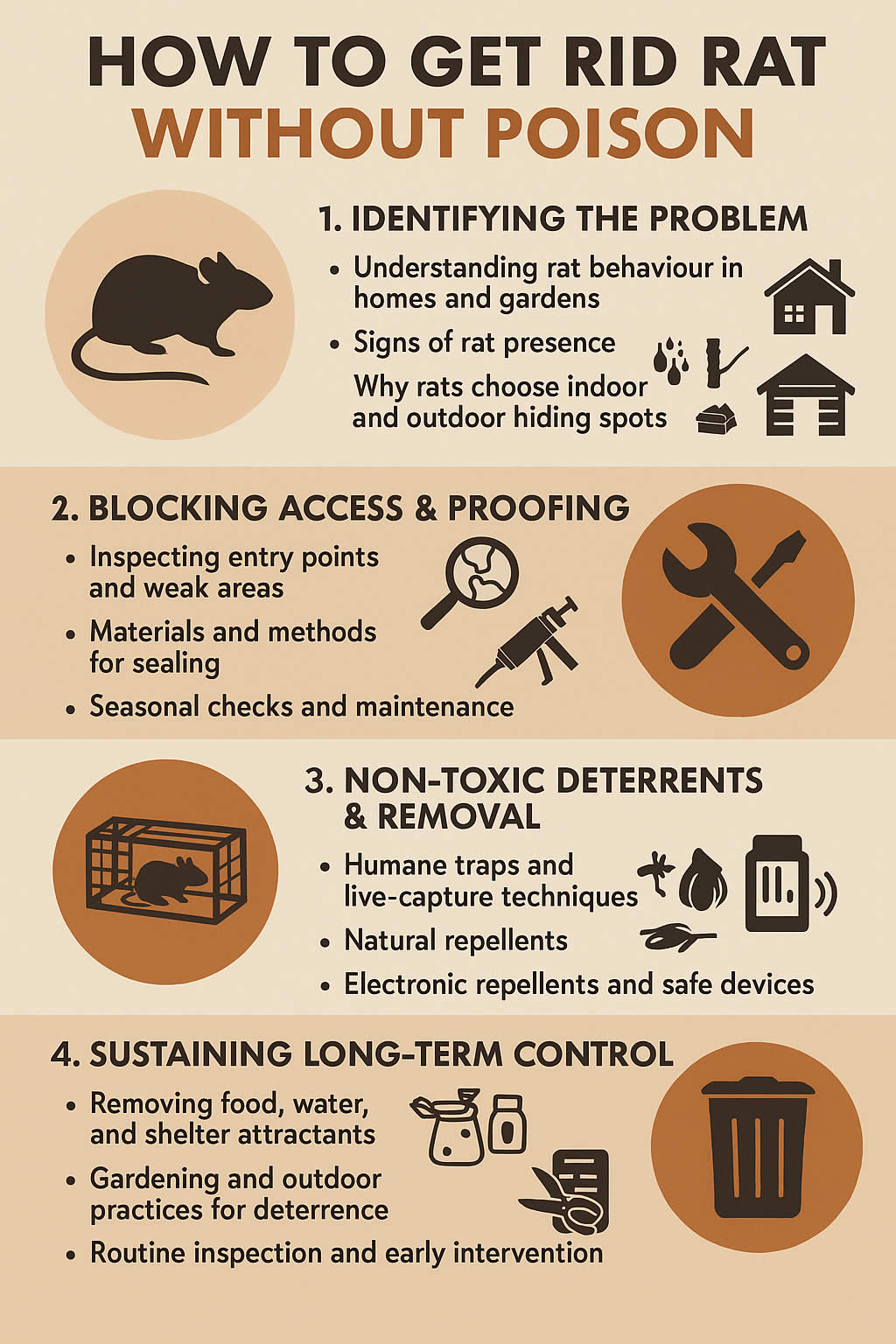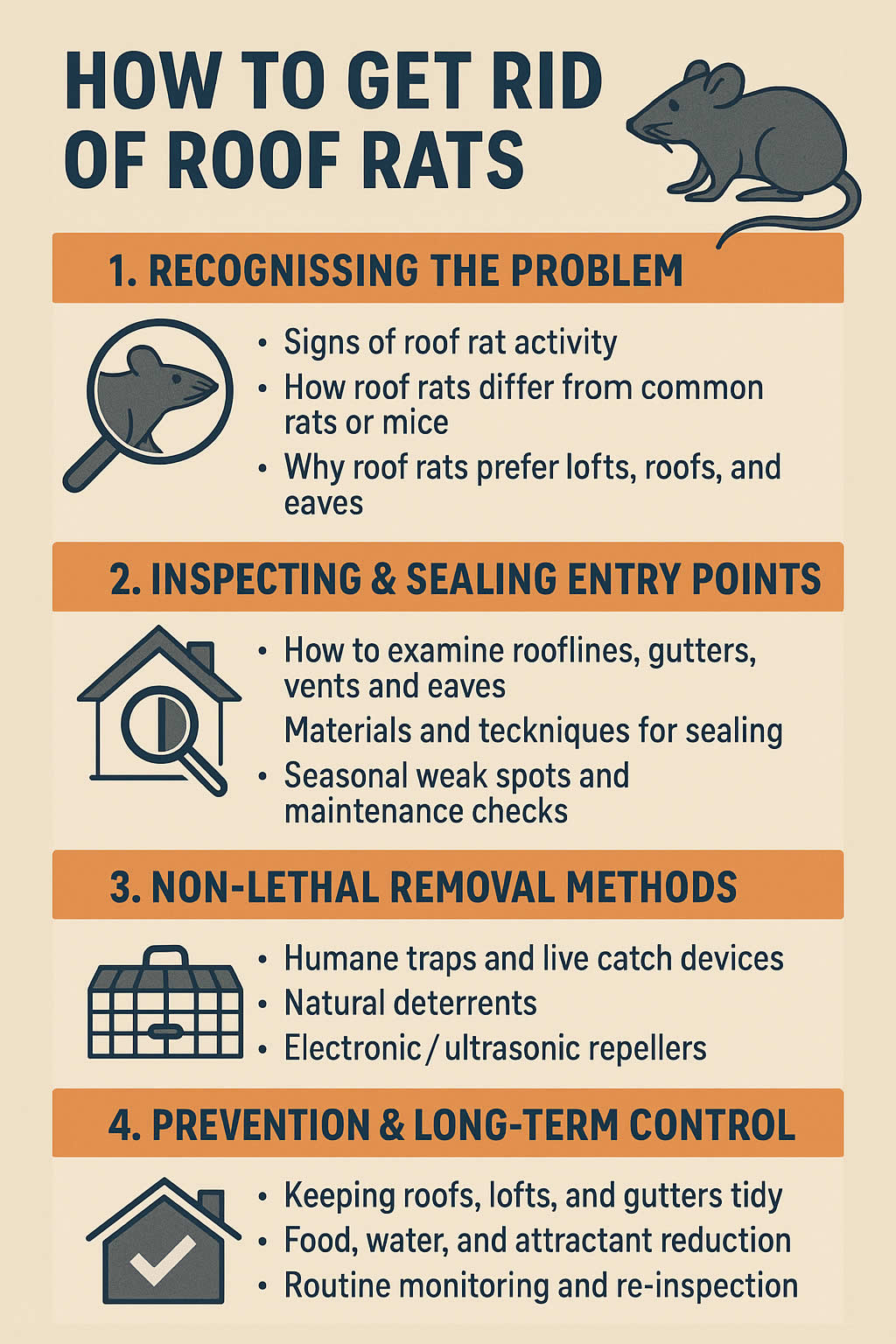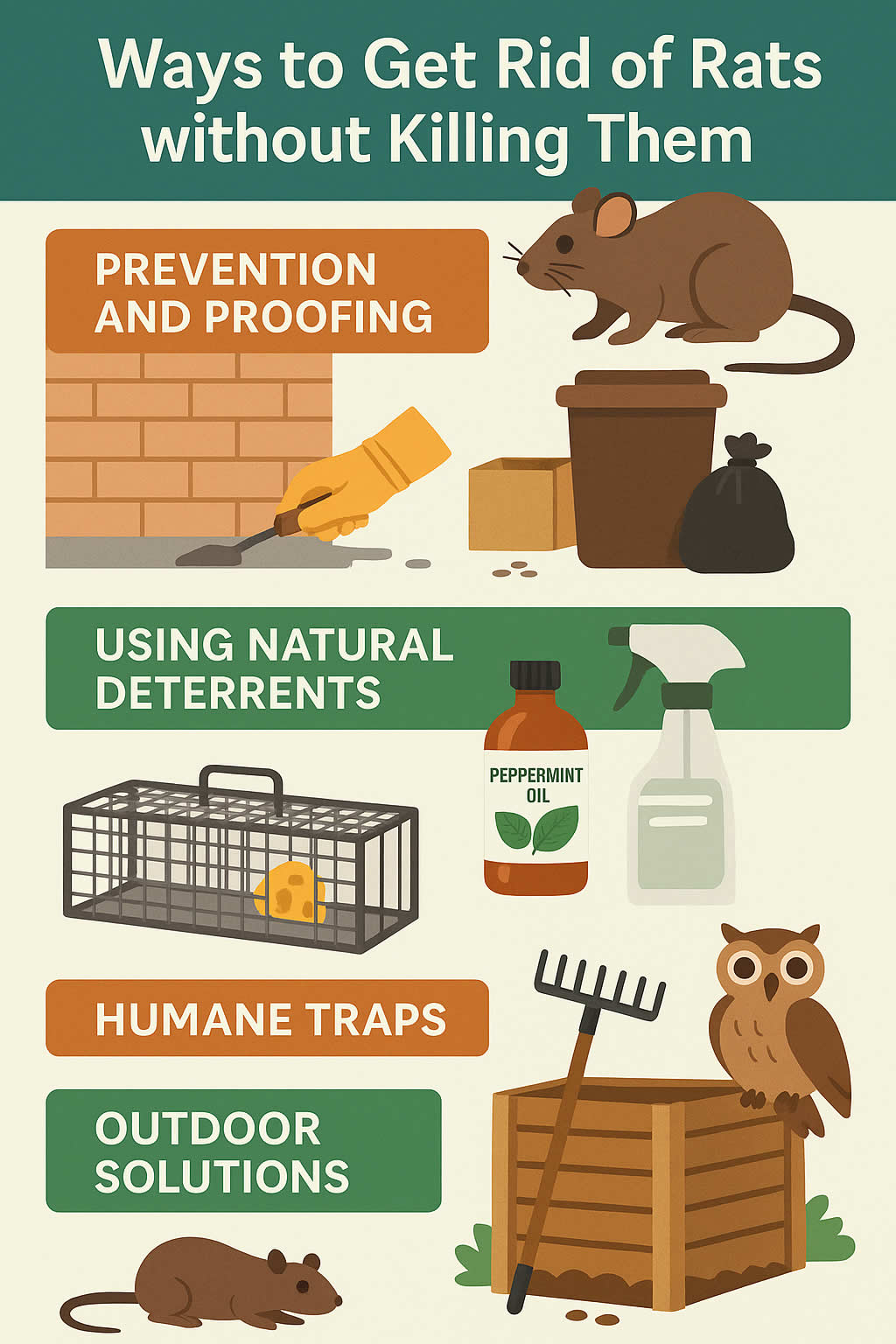Related Queries
ToggleDid you know that finding ways to keep spiders out of shed spaces is more necessary than you might think? Surprisingly, research indicates there are about a million spiders in the average home, and your garden shed likely harbors even more of these eight-legged visitors.
Why? Because garden sheds create the perfect spider paradise. They’re typically dark, quiet, and cluttered spaces where spiders can hide and breed undisturbed. If you’re looking for effective methods to get rid of spiders in shed environments, you’re not alone. Many homeowners struggle with how to stop spiders in shed spaces naturally. Fortunately, creating a spider-proof shed doesn’t require harsh chemicals. In fact, natural deterrents like essential oils (peppermint, lavender, tea tree, and citrus) can effectively keep spiders out of shed areas without introducing toxins into your environment.
In this article, we’ll explore practical, natural methods to keep spiders out of your shed that actually work – from sealing entry points to using diatomaceous earth and other proven techniques. Let’s reclaim your shed from these unwanted tenants!
Why Spiders Love Your Shed
Understanding why spiders are drawn to your garden shed is the first step in effectively keeping them out. Most homeowners focus solely on removal methods without addressing the fundamental reasons these eight-legged creatures find sheds so irresistible. Let’s examine the three main factors that make your shed a spider magnet.
Dark and undisturbed spaces
Spiders thrive in quiet, dark environments where they can remain undisturbed. Garden sheds offer the perfect sanctuary for these creatures, primarily because these spaces often go days or weeks without human activity. Unlike your home, sheds provide protection from the elements while remaining relatively untouched by daily human movements.
Furthermore, cluttered sheds create countless hiding spots where spiders can build webs and breed without interruption. The spaces between stored items, behind garden tools, and underneath shelving units become prime real estate for spiders seeking seclusion. These protected areas allow them to spin webs, lay eggs, and establish colonies completely out of sight.
Abundant food sources
The second major attraction of sheds is the unlimited buffet they offer. Your garden naturally attracts various insects, which subsequently become prey for hungry spiders. Consequently, spiders view your shed as both shelter and hunting ground.
Many insects are drawn to items commonly stored in sheds:
- Garden materials that collect moisture
- Organic matter like potting soil or plant debris
- Wood that may be housing other insects
- Cardboard boxes that provide shelter for small bugs
Additionally, if your shed has any light source, it will attract flying insects at night, essentially delivering food directly to waiting spiders. This consistent food supply makes your shed an ideal hunting ground, encouraging spiders to take up permanent residence.
Moisture and poor ventilation
Poor ventilation creates the third perfect condition for spider infestations. Many garden sheds lack proper airflow, resulting in moisture accumulation that spiders find attractive. This dampness not only appeals directly to certain spider species but also creates ideal conditions for mold and mildew, which attract other insects that spiders feed on.
The combination of moisture and inadequate air circulation essentially creates a microclimate that supports entire ecosystems of insects. Considering that spiders need water to survive, damp conditions in your shed provide all their basic survival needs in one convenient location.
When examining how to keep spiders out of shed spaces, it’s crucial to address these three fundamental attractions. By understanding what makes your shed appealing to spiders, you can implement targeted spider-proofing strategies that actually work.
Natural Ways to Keep Spiders Out
Keeping eight-legged intruders at bay doesn’t require harsh chemicals or expensive products. Several natural methods effectively deter spiders from making themselves comfortable in your garden shed.
Use essential oils like peppermint or tea tree
Spiders detect scents through their legs, making strong-smelling essential oils particularly effective deterrents. Peppermint oil stands out as the most powerful spider repellent, with research confirming its effectiveness against multiple spider species. To create your own spray:
- Mix 10-15 drops of peppermint oil with 1 cup of water and a dash of dish soap
- Spray around windows, door frames, and corners where spiders enter
- Reapply weekly for continued protection
Besides peppermint, tea tree oil provides another potent option. Meanwhile, lavender, eucalyptus, and cedarwood oils offer alternatives depending on your scent preference.
Spray vinegar solution in corners
White vinegar creates an inhospitable environment for spiders without introducing toxins into your shed. Primarily, vinegar works because spiders find its acidic nature irritating rather than lethal. For best results:
Mix equal parts white vinegar and water in a spray bottle. Apply this solution to corners, cracks, and other potential spider hideouts. Focus specifically on areas where webs commonly appear.
Place citrus peels near entry points
Notably, spiders have a strong aversion to citrus scents. Lemon, orange, and lime peels contain natural compounds that repel spiders effectively. Simply:
Rub citrus peels directly on windowsills, doorframes, and other entry points. Additionally, scatter fresh peels in problem areas, replacing them every few days as the scent fades.
Grow spider-repelling herbs like lavender and mint
Planting certain herbs around your shed creates a living barrier against spiders. Lavender not only repels spiders but adds beauty to your garden space. Mint plants (especially peppermint) work effectively due to their strong aroma.
For maximum effectiveness, place potted herbs near doorways and windows or create a perimeter planting around your shed. Furthermore, you can dry sprigs of these herbs and hang them inside your shed for additional protection.
By implementing these natural solutions consistently, your shed can become significantly less appealing to spiders without requiring commercial pesticides or harmful chemicals.
Make Your Shed Less Inviting
Creating an inhospitable environment for spiders starts with good shed maintenance. Primarily, you’ll need to focus on three key areas to make your shed less attractive to eight-legged visitors.
Declutter and clean regularly
Spiders thrive in messy, undisturbed environments, making regular cleaning crucial for a spider-proof shed. Indeed, experts recommend sweeping and vacuuming your shed weekly to eliminate dirt and debris where spiders might hide. Pay special attention to corners and undersides of shelves where webs commonly appear.
For effective cleaning:
- Wipe windows and sides with glass cleaner to remove old spider webs
- Dispose of unnecessary items and rusty objects that create nesting spaces
- Use open shelving rather than closed cabinets to reduce hiding spots
Moreover, organizing your shed creates fewer places for spiders to establish themselves. Keep items elevated on pallets or shelves instead of placing them directly against walls, as wall-adjacent storage creates perfect spider hideouts.
Use airtight containers instead of cardboard
Cardboard boxes are practically spider magnets. They attract insects like silverfish, earwigs, and cockroaches—all delicious meals from a spider’s perspective. These insects feed on and nest in cardboard, creating a perfect food source that keeps spiders coming back.
Fortunately, switching to plastic containers with airtight seals provides significant protection. Unlike cardboard, plastic containers are harder for spiders to access and don’t attract the bugs they feed on. For best results, categorize and label your containers while keeping them elevated off the ground.
Avoid leaving lights on at night
Although spiders themselves aren’t attracted to light, their prey certainly is. Leaving shed lights on after dark essentially creates a buffet by attracting flying insects. Generally, these insects become spider food, encouraging arachnids to take up residence.
When lighting is necessary, opt for LED bulbs which emit less heat and attract fewer insects. Yellow or sodium vapor lights are also excellent alternatives as they draw in significantly fewer bugs. Whenever possible, utilize natural light during daylight hours and avoid working in your shed after dark.
Block Their Entry Points
One of the most effective strategies to spider-proof your shed is to physically block all potential entry points. Since spiders can squeeze through incredibly tiny openings – some as small as 1/16″ tall – securing these access points is critical.
Seal cracks with caulk or foam
Firstly, I recommend conducting a thorough inspection of your shed to identify all possible spider entryways. Check walls, floors, ceilings, and especially areas where utility pipes or wires enter the structure. These often-overlooked spots provide perfect access for determined spiders.
For smaller cracks around window frames and door jambs, silicone caulk works brilliantly. It creates a flexible, waterproof seal that prevents even the smallest spiders from entering. Alternatively, for larger gaps or holes that are out of sight, expanding foam provides an excellent solution. Prior to application, clean the area thoroughly to ensure proper adhesion.
Install door sweeps and window screens
The largest entry point for most sheds is typically the gap beneath the door. Door sweeps – particularly those made from durable rubber – effectively block this access while still allowing smooth operation. You can secure these with either screws or strong adhesive, depending on your door material.
Similarly, window screens act as a physical barrier against spiders. Fiberglass and aluminum screens are particularly effective at keeping spiders out while still allowing for proper ventilation. When installing screens, ensure they fit tightly with no gaps around the edges.
Use weatherstripping for tight seals
In conjunction with door sweeps, weatherstripping provides additional protection against spider intrusion. This material creates tight seals around moving parts of doors and windows where gaps naturally occur.
For best results, apply weatherstripping along the sides and tops of doorframes, as well as around window edges. Self-adhesive foam strips are particularly user-friendly, while V-strip weatherstripping works well for sliding windows.
Ultimately, blocking entry points not only keeps spiders out but also improves your shed’s insulation, making it more comfortable during extreme weather conditions.
Our Final Say!
Creating a spider-free environment requires a multi-faceted approach rather than relying on a single solution. Throughout this guide, we’ve explored numerous effective, natural methods to keep these eight-legged creatures at bay without resorting to harsh chemicals.
First and foremost, understanding why spiders choose your shed—dark spaces, abundant food, and moisture—allows you to address the root causes of infestations. Armed with this knowledge, you can transform your shed from a spider haven into an unwelcoming space for these arachnids.
Natural deterrents offer surprisingly powerful protection. Peppermint oil sprays, vinegar solutions, and strategically placed citrus peels work effectively because they target spiders’ sensory systems. Additionally, growing lavender and mint near your shed establishes a living barrier that spiders naturally avoid.
Regular maintenance significantly reduces spider populations over time. Weekly cleaning eliminates webs and egg sacs while decluttering removes potential hiding spots. Plastic containers, unlike cardboard boxes, provide spider-proof storage that simultaneously deprives them of food sources.
Spiders cannot inhabit spaces they cannot enter. Therefore, sealing cracks, installing door sweeps, and adding weatherstripping create physical barriers that prevent even the smallest spiders from gaining access. These improvements also enhance your shed’s overall functionality and comfort.
You now possess all the knowledge needed to maintain a spider-free shed using natural, effective methods. These approaches not only address existing spider problems but also prevent future infestations. Most importantly, these techniques work harmoniously with nature while keeping your shed comfortable and usable year-round.
The battle against shed spiders doesn’t require toxic chemicals or expensive treatments. Simple, consistent application of these natural methods will transform your shed back into the functional space it was meant to be—free from unwanted eight-legged visitors.
Rat Infestation Buckinghamshire – Flea Removal Lancashire – Pest Control Surrey



